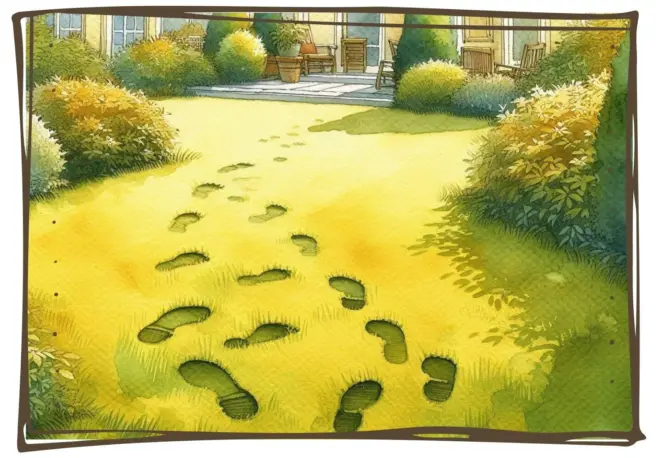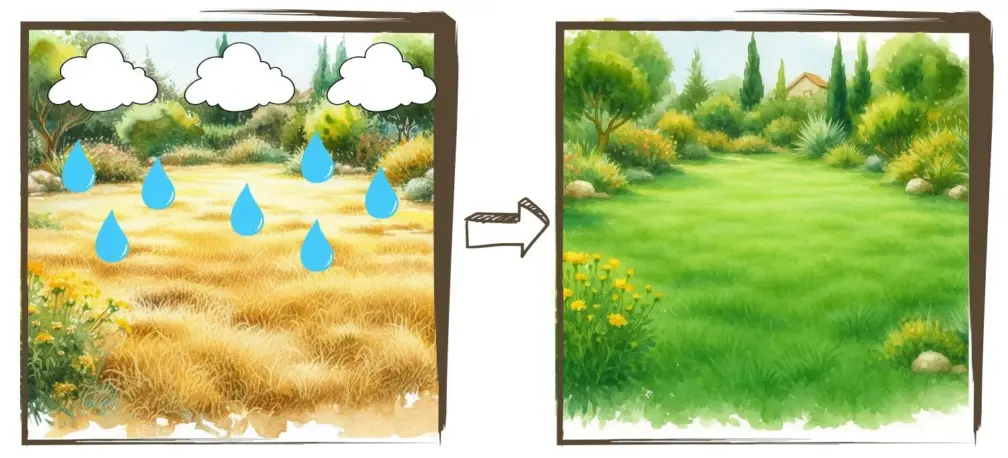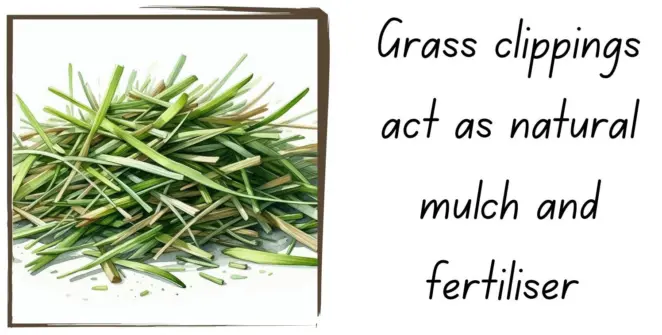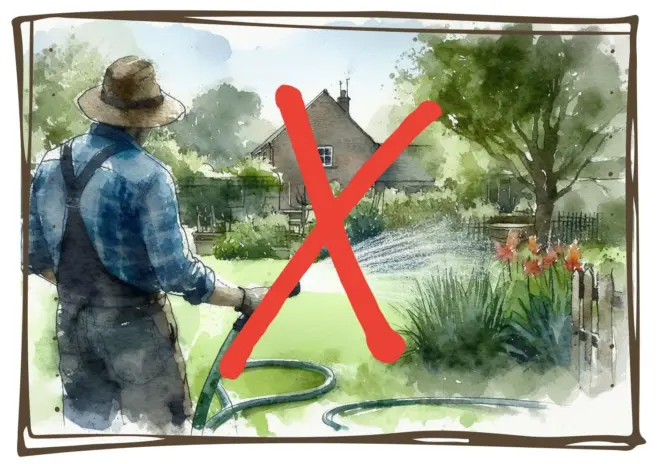Dry Grass: How the Recent Sunny Weather Affects Your Lawn
If your lawn is already looking a bit dry, it’s no surprise given the unusual weather the UK has experienced over the past few months. Warm and dry conditions can cause your grass to lose its vibrant colour, but it will bounce back as soon as the rain returns.
In the meantime, from mowing less often to following a good lawn care routine, there are many things you can do to help your lawn this spring.
Record-Breaking Spring
The season started off very sunny with England enjoying its sunniest March since records began in 1910. According to the Met Office ‘it was also the UK’s third sunniest March on record, and Wales’ second’. On top of this, during March, the UK recorded only 43% of its average rainfall. Certain regions, including southern England and southern Wales, received only 20%. Even Scotland, which ended up getting the most rain, received only 64%.
But the good weather didn’t stop there. April was another record-breaking month. It became the sunniest April on record for England and second for all the other countries, resulting in it becoming the sunniest April ever recorded in the UK. This also meant another dry month for most of the UK. While certain parts, including Northern Ireland, experienced some heavy rains in the middle of the month, other parts saw very little rainfall. Northern England received only 25% of the rain that it usually gets at this time of the year, while Tyne and Wear had its second driest April since 1836, with only 7% of usual rainfall.

Now that we’re halfway through May, the spring of 2025 could become the driest one in over a century for the UK!
With just 80.6mm recorded so far for the UK, Spring 2025 is, so far, currently ranking at the driest spring in over a century. The previous record low for the full season was 100.7mm, set in 1852.
How This Affects Your Lawn
The lack of rain and many hours of sunshine cause the soil to dry out quickly. Because of this, your lawn does not get as much water as it needs to thrive, causing it to become dry.
Dry grass will often lose its green, vibrant colour and turn yellow or brown instead. When inspecting the grass blades closely, you may notice that they begin to fold or roll inwards because of the lack of water. Any footprints that you leave behind will also take a long time to disappear.

But why does this happen? A lawn that’s low on water experiences stress and goes into a dormant state to survive. During this time, it will conserve energy and water, meaning it will stop actively growing and focus on diverting any resources to its roots instead. However, dormant grass is more susceptible to weeds and diseases. This is because the dormant state reduces its ability to compete for nutrients, allowing weeds to establish more easily, while making your lawn less resistant to different fungi and bacteria due to stress.
What To Do
While it may be tempting to water your lawn as soon as it starts to dry out, established grass will green up again when the rain returns. The RHS points out that ‘while drought can cause the top growth to turn brown and die, in a well-established lawn the underlying roots should still be alive, ready to send up fresh leaves once rain returns’. However, during prolonged drought, an occasional deep watering can help the roots survive until then.

Remember - this doesn’t apply to freshly laid turf or new grass seed, as these need regular watering to help them grow properly.
Additionally, dry grass grows more slowly, so it’s important to mow it less often and raise the cutting height. Longer grass blades give the plant more leaf area, helping it make food more easily through photosynthesis. They also shade the soil, which helps keep it cooler and reduces water evaporation. Mowing at a higher setting promotes deeper root growth as well. This means your turf can reach water that’s deeper in the soil, making it more resilient to warmer and drier weather conditions.

Make sure to leave any grass clippings behind too. These will work as a natural mulch, helping to keep moisture in the soil by slowing down its evaporation. Grass clippings are also high in nitrogen and contain some potassium and phosphorus, making them a great natural fertiliser.
Having a good year-round lawn care routine will also help dry grass recover quicker. To learn what you should be doing each season to keep it healthy, check out our 'Seasonal Lawn Care' guides.
Hosepipe Ban and Laying New Turf
A hosepipe ban is brought in by the water companies when the water supply drops and they need to manage high demand. This usually happens during long spells of hot, dry weather. Once a ban is in place, you are not allowed to use a hosepipe for non-essential activities, such as watering your lawn.
At the moment, there is no hosepipe ban in the UK, so you’re free to use your hosepipe as you wish.
If a ban is introduced later in the year, the UKWIR Code of Practice and Guidelines on Water Use Restrictions includes an advisory note to allow hosepipe watering of newly laid lawns up to 28 days after laying.

This means you don’t have to worry about your new turf drying out before it has a chance to settle in. However, since these are advisory notes only and do not have to be honoured by water companies, always make sure to check this with your water provider first. There are no exemptions for well-established lawns. To learn more about this, visit our ‘The Hosepipe Ban and Turf’ blog.
While the recent record-breaking weather may have left your lawn looking dry, this is nothing to worry about. As soon as the rain hits again, your lawn will recover.
Dry grass grows more slowly, so make sure to reduce the amount of mowing that you do and leave any grass clippings behind. These will fertilise your grass and keep the moisture in the soil.


